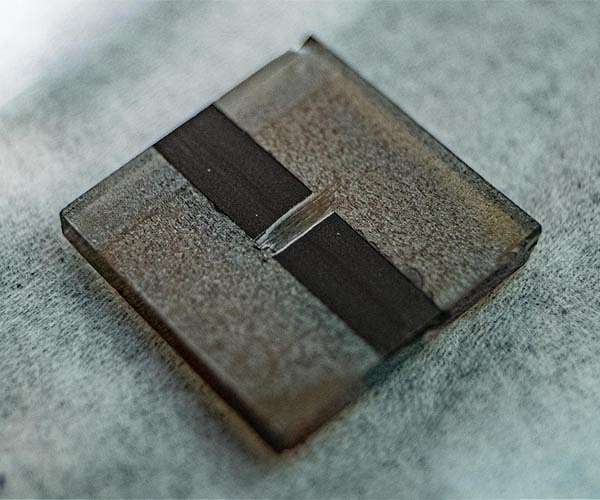Rice Lab reports significant advances in the stability of perovskite solar cells
Solar energy is growing rapidly as an energy technology, recognized for its cost-effectiveness and its role in reducing greenhouse gas emissions.
A Rice University study published in Science describes a method for synthesizing formamidinium lead iodide (FAPbI3) into stable, high-performance photovoltaic films. The efficiency of these FAPbI3 solar cells dropped by less than 3% over more than 1,000 hours of operation at 85 degrees Celsius (185 Fahrenheit).
“Right now we think this is state-of-the-art in terms of stability,” said Rice engineer Aditya Mohite. “Perovskite solar cells have the potential to revolutionize energy production, but achieving long-term stability has been a significant challenge.”
This breakthrough represents an important step toward making perovskite photovoltaics commercially viable. The researchers added specially designed two-dimensional (2D) perovskites to the FAPbI3 precursor solution, which served as a template to improve the stability of the crystal lattice structure.
“Perovskite crystals are broken in two ways: chemically – by destroying the molecules that make up the crystal – and structurally – by rearranging the molecules to form another crystal,” explains Isaac Metcalf, a Rice graduate student and lead author of the study. “Of the different crystals we use in solar cells, the most chemically stable are also the least structurally stable and vice versa. FAPbI3 is on the structurally unstable end of that spectrum.”
The researchers found that although 2D perovskites are more stable, they are less effective at harvesting light. By using 2D perovskites as templates, they improved the stability and efficiency of FAPbI3 films. The addition of well-matched 2D crystals facilitated the formation of high-quality FAPbI3 films, which exhibited less internal disorder and better illumination response.
The study found that solar cells with 2D templates retained their efficiency and durability significantly better than those without. Encapsulation layers further improved the stability of these solar cells, extending their operational lifetime to time scales relevant to commercial applications.
“Perovskites are soluble in solution, so you can take an ink from a perovskite precursor and spread it over a piece of glass, then heat it up and you have the absorbing layer for a solar cell,” Metcalf said. “Since you don’t need very high temperatures – perovskite films can be processed at temperatures below 150 degrees Celsius (302 Fahrenheit) – this also means in theory that perovskite solar panels can be made on plastic or even flexible substrates, which could further reduce costs .”
Silicon, the most commonly used semiconductor in photovoltaics, requires more resource-intensive manufacturing processes than perovskites, which have seen an efficiency improvement from 3.9% in 2009 to more than 26% today.
“It should be much cheaper and less energy intensive to make high-quality perovskite solar panels compared to high-quality silicon panels because the processing is so much easier,” Metcalf said.
“We urgently need to transition our global energy system to a zero-emission alternative,” he added, citing UN estimates highlighting the importance of solar energy in replacing fossil fuels.
Mohite stressed that advances in solar energy technologies are crucial to achieving the 2030 greenhouse gas emissions target and preventing a 1.5 degree Celsius increase in global temperatures, essential to achieving a net zero carbon emissions by 2050.
“If solar energy doesn’t come, none of the other processes that rely on green electrons from the power grid, such as thermochemical or electrochemical processes for chemical production, will take place,” Mohite said. “Solar photovoltaics are absolutely critical.”
Mohite holds the title William M. Rice Trustee Professor at Rice, is a professor of chemical and biomolecular engineering and directs the Rice Engineering Initiative for Energy Transition and Sustainability. The study’s lead authors also include Siraj Sidhik, a Rice PhD alumnus.
“I would like to give a lot of credit to Siraj, who started this project based on a theoretical idea from Professor Jacky Even at the University of Rennes,” Mohite said. “I would also like to thank our collaborators at the national laboratories and at several universities in the U.S. and abroad, whose assistance has been instrumental in this work.”
Research report:Two-dimensional perovskite templates for durable, efficient formamidinium perovskite solar cells


